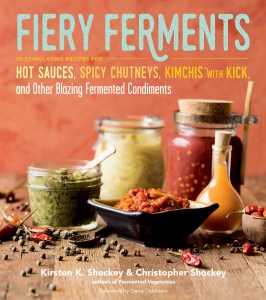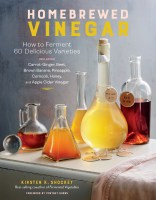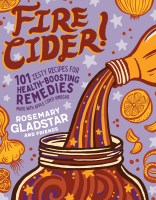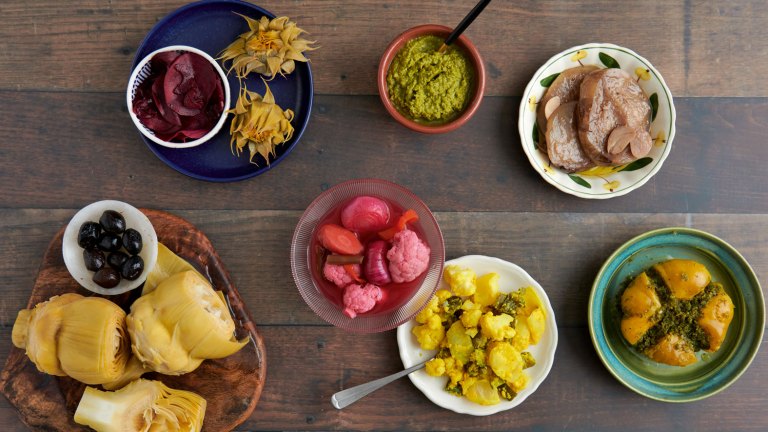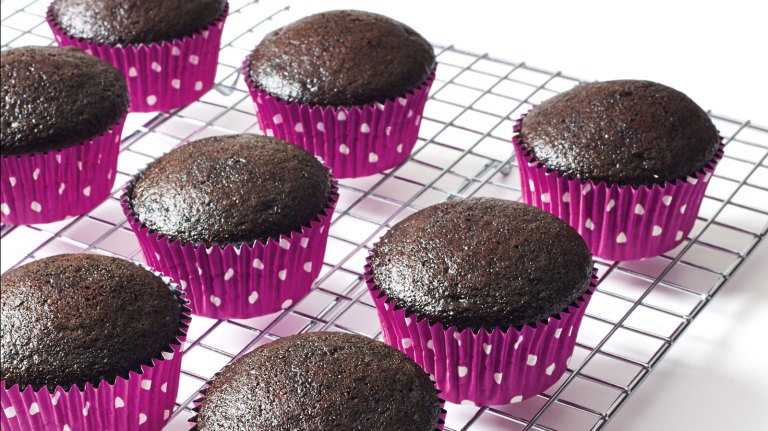Learn to Make Homemade “Srirawcha”
Farm, Family, and Friends—the cool story of how Marcus McCauley of Foremother Foods got his start making hot sauce, plus a simple recipe to try for yourself.
Marcus’s path to becoming a professional hot sauce maker begins with the familiar story of having farmer friends with a surplus of produce. His friend and farming mentor, Rich, called one day with a proposition — if Marcus could do something with a ton of peppers, they were his. Marcus was a busy chef at the time, his wife pregnant with their son, and yet he couldn’t pass up the opportunity. He decided to ferment them — almost all of them. Bubbling 5-gallon buckets and scavenged jars of all sizes quickly filled their garage.
Concerned friends would come by and ask, “What are you doing?” “I don’t know,” was his honest reply.
Marcus knows what he is doing now. His sauce, Picaflor Srirawcha, is a combination of five peppers: Hot Portugals, Rellenos, jalapeños, Jimmy Nardellos, and cayennes. The garlic comes from his family farm. What we think makes Foremother Foods’ flavors unique is Marcus’s insistence on keeping the sauces alive and raw, using innovative ways to thicken and stabilize them. The srirawcha, for example, uses organic applesauce and Colorado honey. The golden-colored Picaflor Boulder Sol has lovely citrus notes and is made with Criolla Sella peppers thickened with fermented cantaloupe! We know what you might be thinking, but believe us — it works.

Srirawcha
Marcus McCauley’s Srirawcha recipe (sriracha sauce made with raw ingredients) is a two-part process: first you ferment the pepper mash, then you mix the mash with garlic and sugar. You can depart from this recipe to use any type of peppers you like, but remember that your choice will affect the taste, consistency, and heat level of the sauce.
YIELD: About 1½ quarts
- 5 large red bell peppers
- 6–7 red jalapeños
- 2–3 fresh red cayenne peppers
- 2 tablespoons salt
- ½ cup evaporated cane sugar (or other sweetener to taste)
- 3 cloves garlic
PART 1
- Remove the seeds and stems from the bell peppers, jalapenos, and cayenne peppers. Chop the peppers coarsely.
- Add the salt, mix well, and let sit for about 1 hour.
- Blend the pepper mixture to a smooth paste.
- Pack into your favorite fermenting vessel, and let the paste ferment on your countertop for 4 to 5 days. At this point you can either move right to the next stage or, if the paste is in a fermentation vessel with an airlock, transfer it to the fridge, where it will keep for up to 12 months; in the fridge it will continue to age and evolve until you are ready to convert it to a finished sauce.
PART 2
Blend the pepper mash, sugar, and garlic into a smooth paste. Adjust the salt to taste. Store in the refrigerator, where the sauce will keep for 12 months.
Excerpted and adapted from Fiery Ferments © Kirsten K. Shockey and Christopher Shockey.
